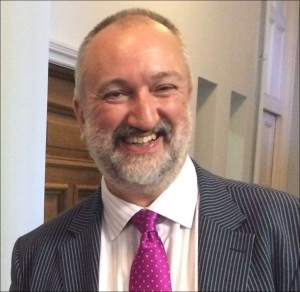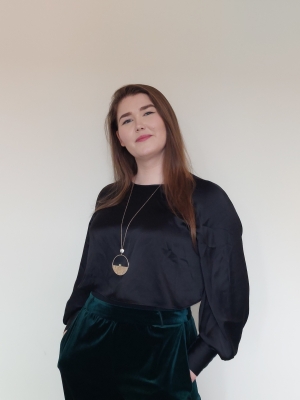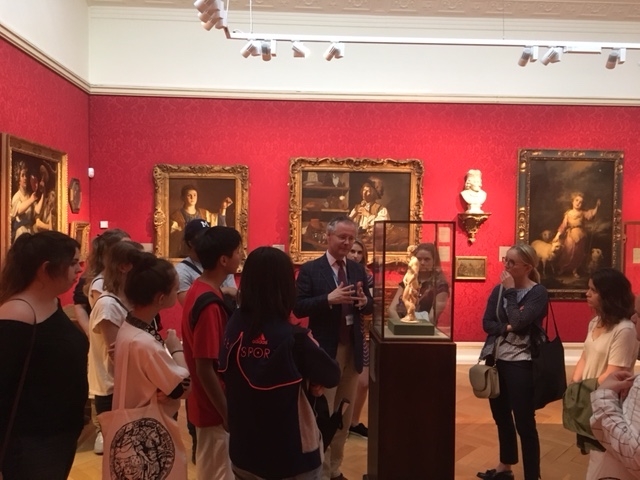Curriculum and Tutors
Curriculum
Over the five weeks, students experience the following:
- An intensive week of experiential learning with staff at Compton Verney, site of a nationally renowned art gallery.
- Visits to a wide range of museums, galleries and auction houses in London, Oxford and further afield.
- Special tours of Oxford college collections and archives.
- Careers talks and meetings with museum and heritage professionals.
- Two credit-bearing courses* taught by British experts in art history, architectural history, and museum studies: ‘How British Museums Work’ and ‘Perspectives on Heritage’
- Weekly seminars, lectures and field trips.
*35+ instructional hours per course.
Transcripts are issued by Middlebury College.
Course Descriptions
Please see the descriptions below, keeping in mind that courses may change slightly between now and the start of the program.
How British Museums Work
This course will be grounded in museum practice. It will introduce students to the varying ways in which British museums operate, from private art museums to university museums displaying archaeological and ethnographic collections. As well as providing an intellectual and practical framework for understanding the challenges and opportunities facing the museum sector in the UK today, this seminar course will encourage students to consider the skills needed to move into a career in museums. During the course we will explore, investigate, question and debate:
- What are the purposes of the museum in Britain?
- How do we encounter and think about the objects within them?
- How and why do museums look after them? These seminars will complement an understanding of the historical development of the institution offered by the ‘Perspectives on Heritage: A History of the British Museum’ course, enabling students to explore the past, present and future of British museums.
Perspectives on Heritage
‘Perspectives on Heritage’ is a four-week course exploring the history of museums and heritage organisations in Britain. Heritage is now big business, with heritage tourism generating £16.4 billion per annum, and will increase in significance after Britain leaves the European Union. This course explores the rise and rise of the British heritage sector through a combination of lectures, interactive seminars and assignments. It explores the history of both state intervention and private innovation, comparing and contrasting the emergence of large membership bodies (e.g. National Trust) with local authority museums, and probing the changing profile of visitors.
Tutors

Dr Steven Parissien
Tutor for ‘How British Museums Work’
Dr Steven Parissien is a cultural historian and Lecturer in Architectural History at the University of Oxford. Steven has worked as a senior manager and CEO in the heritage, arts, and education sectors for over thirty years, including six years as Deputy Director at Yale University’s Paul Mellon Centre for Studies in British Art in London, three years as Dean of Arts, Humanities, and Architecture and Professor of Architectural History at the University of Plymouth, and ten years as Director/Chief Executive at Compton Verney Art Gallery and Park in Warwickshire.

Madeleine Kennedy
Tutor for ‘Perspectives on Heritage’
Madeleine Kennedy is an independent curator who has led on the development and delivery of over 25 exhibitions over the last ten years, including the critically-acclaimed touring exhibition The Enchanted Interior. Until 2018 she was Keeper of Art at the Hatton Gallery, and has previous experience working in curatorial departments at Tate Britain, Laing Art Gallery, and Firstsite, and with partners and clients including Arts Council Collection, National Portrait Gallery, Guildhall Art Gallery, Independent Curators International, MIMA, and Western Front Vancouver. She is a trustee for the Art Fund, a selection panel member for Unlimited, and a Lecturer in Exhibition Studies at Liverpool John Moores University. She has an MA in Curating from the Courtauld and is completing a doctorate at Oxford University entitled Imagining Exhibitions Otherwise.

